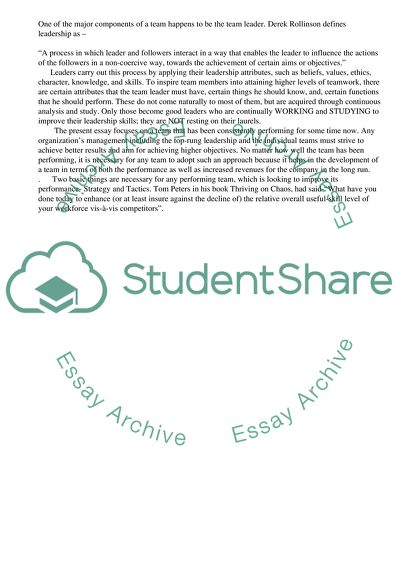Cite this document
(Motivational Theory - Herzberg's Two-Factor Theory Coursework, n.d.)
Motivational Theory - Herzberg's Two-Factor Theory Coursework. Retrieved from https://studentshare.org/management/1535429-people-in-organisations
Motivational Theory - Herzberg's Two-Factor Theory Coursework. Retrieved from https://studentshare.org/management/1535429-people-in-organisations
(Motivational Theory - Herzberg'S Two-Factor Theory Coursework)
Motivational Theory - Herzberg'S Two-Factor Theory Coursework. https://studentshare.org/management/1535429-people-in-organisations.
Motivational Theory - Herzberg'S Two-Factor Theory Coursework. https://studentshare.org/management/1535429-people-in-organisations.
“Motivational Theory - Herzberg'S Two-Factor Theory Coursework”. https://studentshare.org/management/1535429-people-in-organisations.


